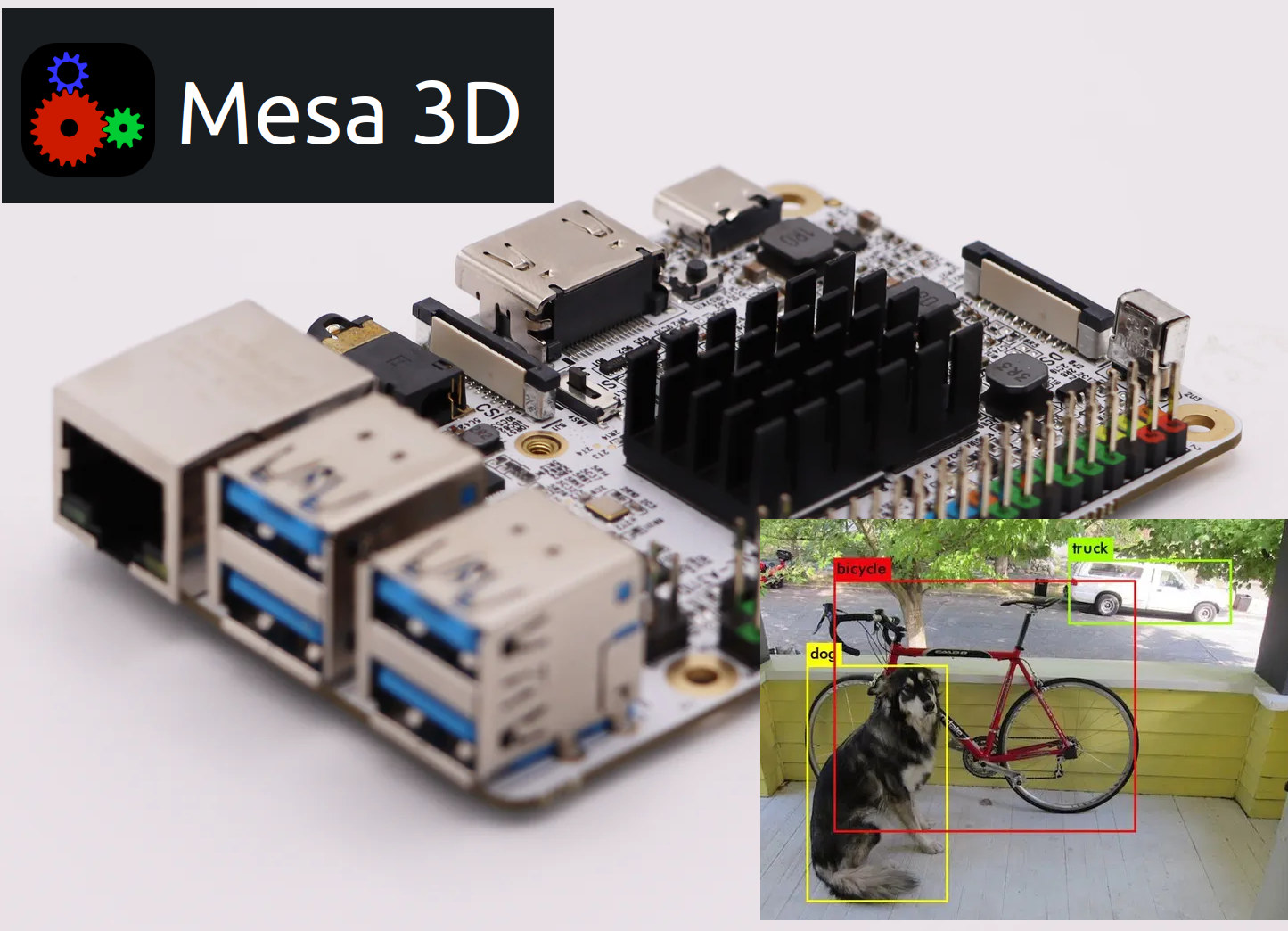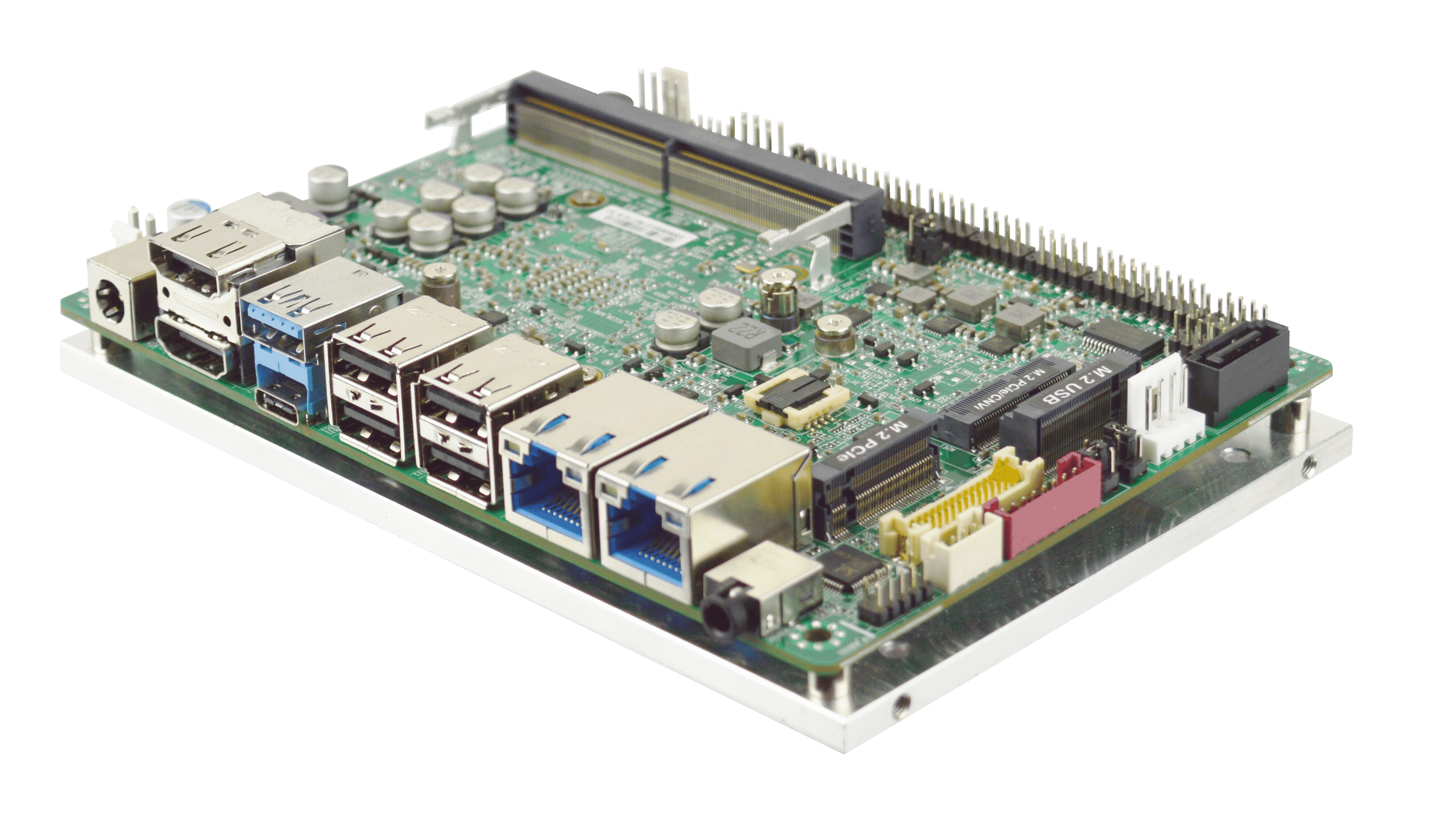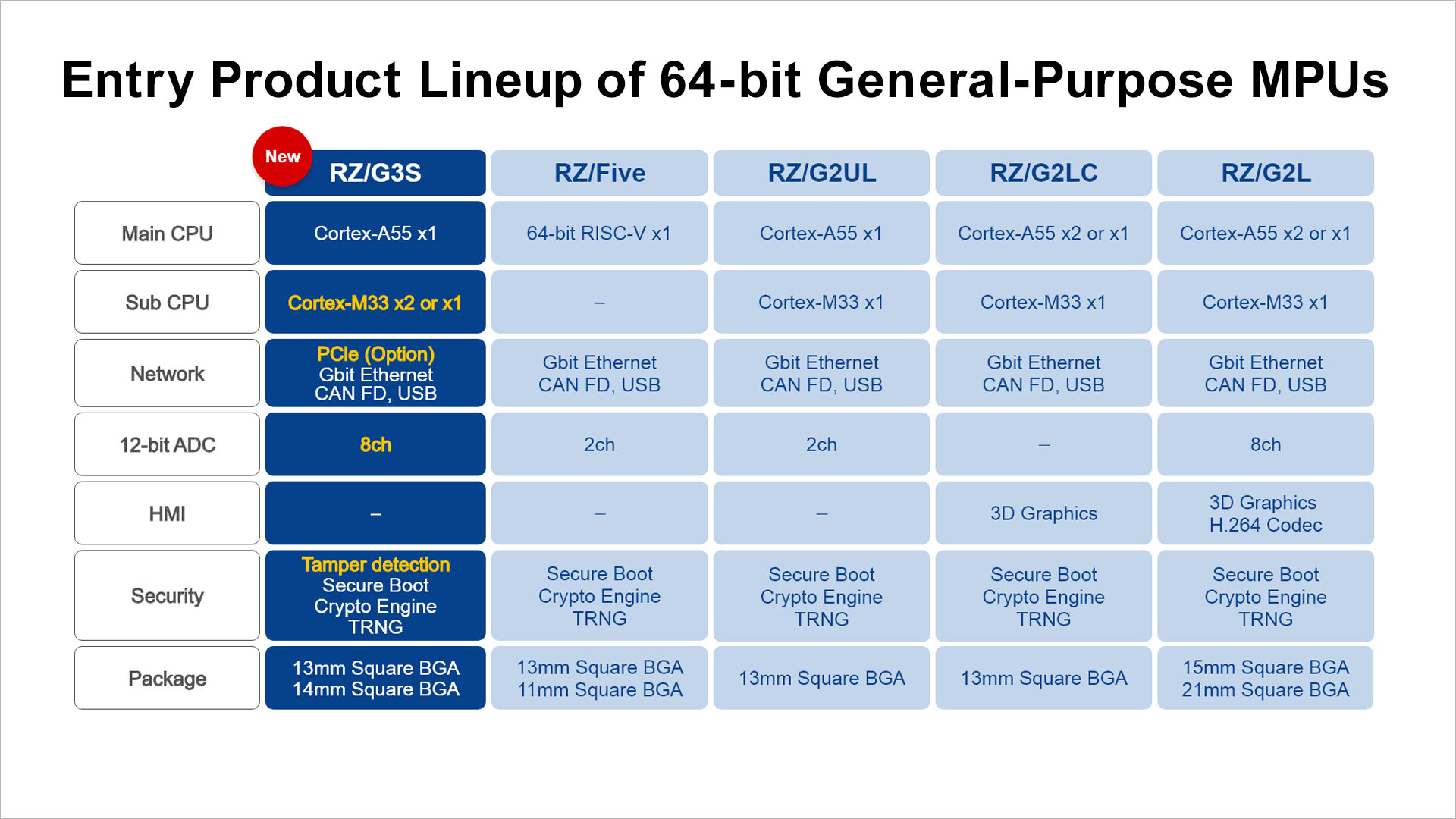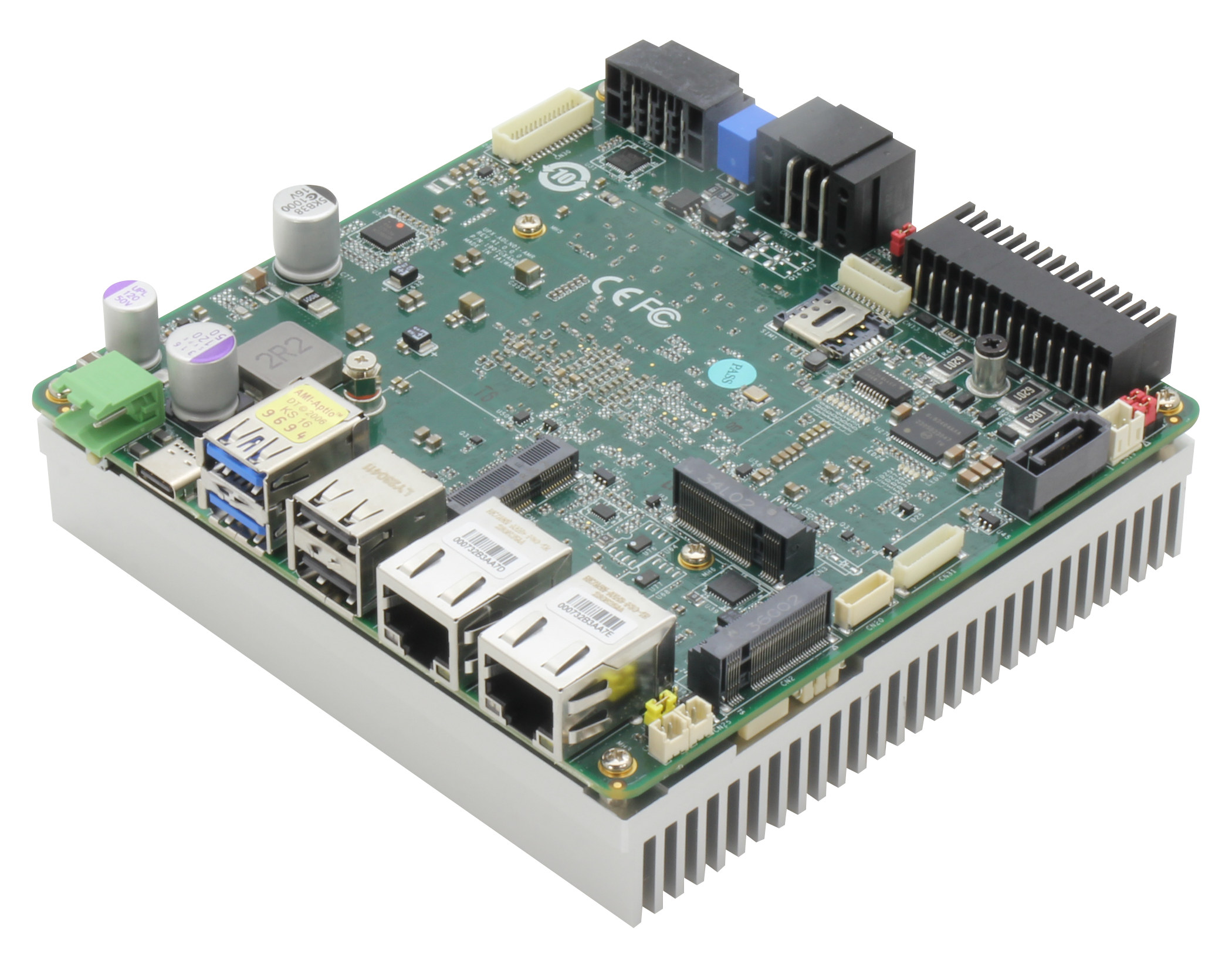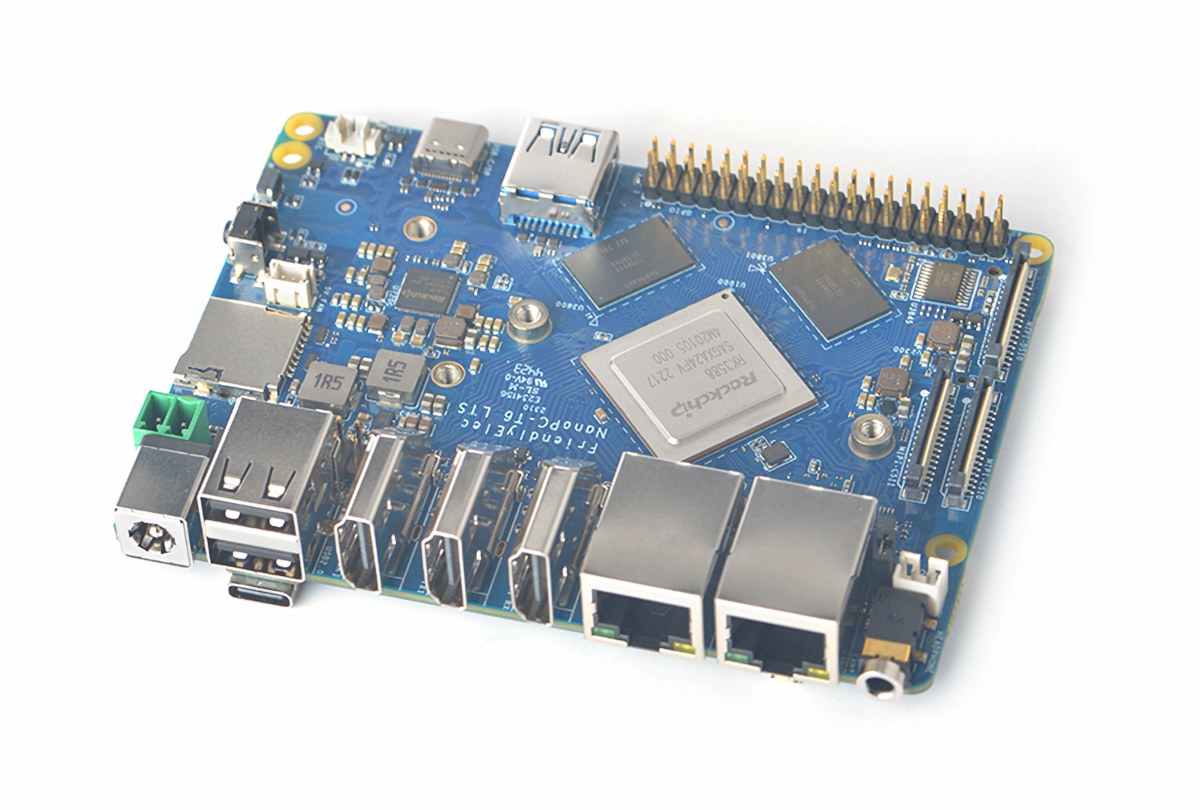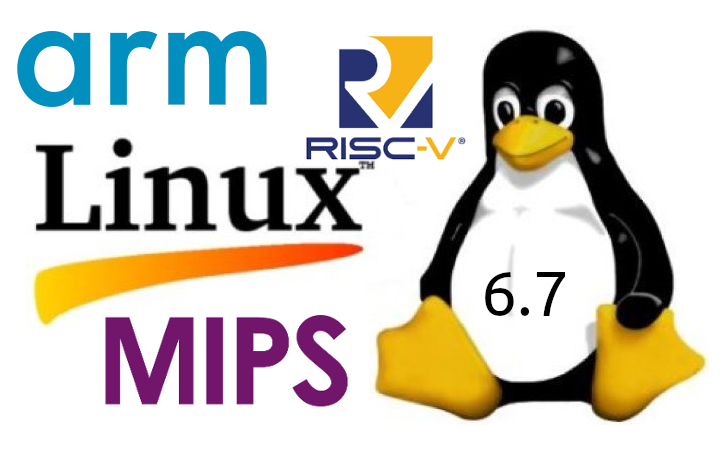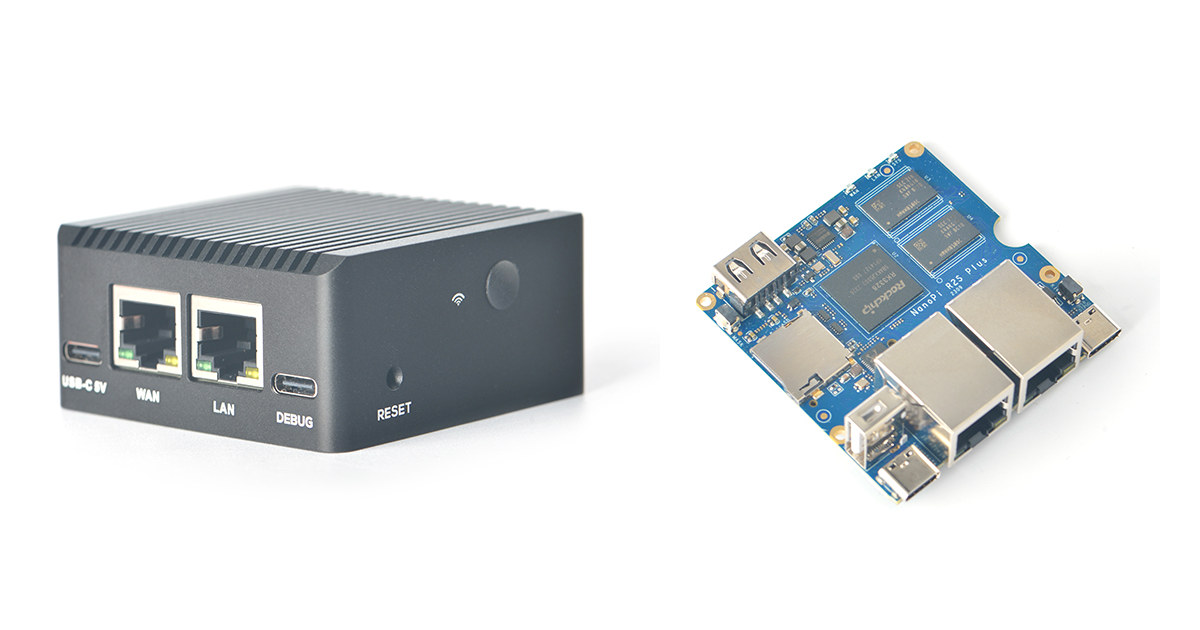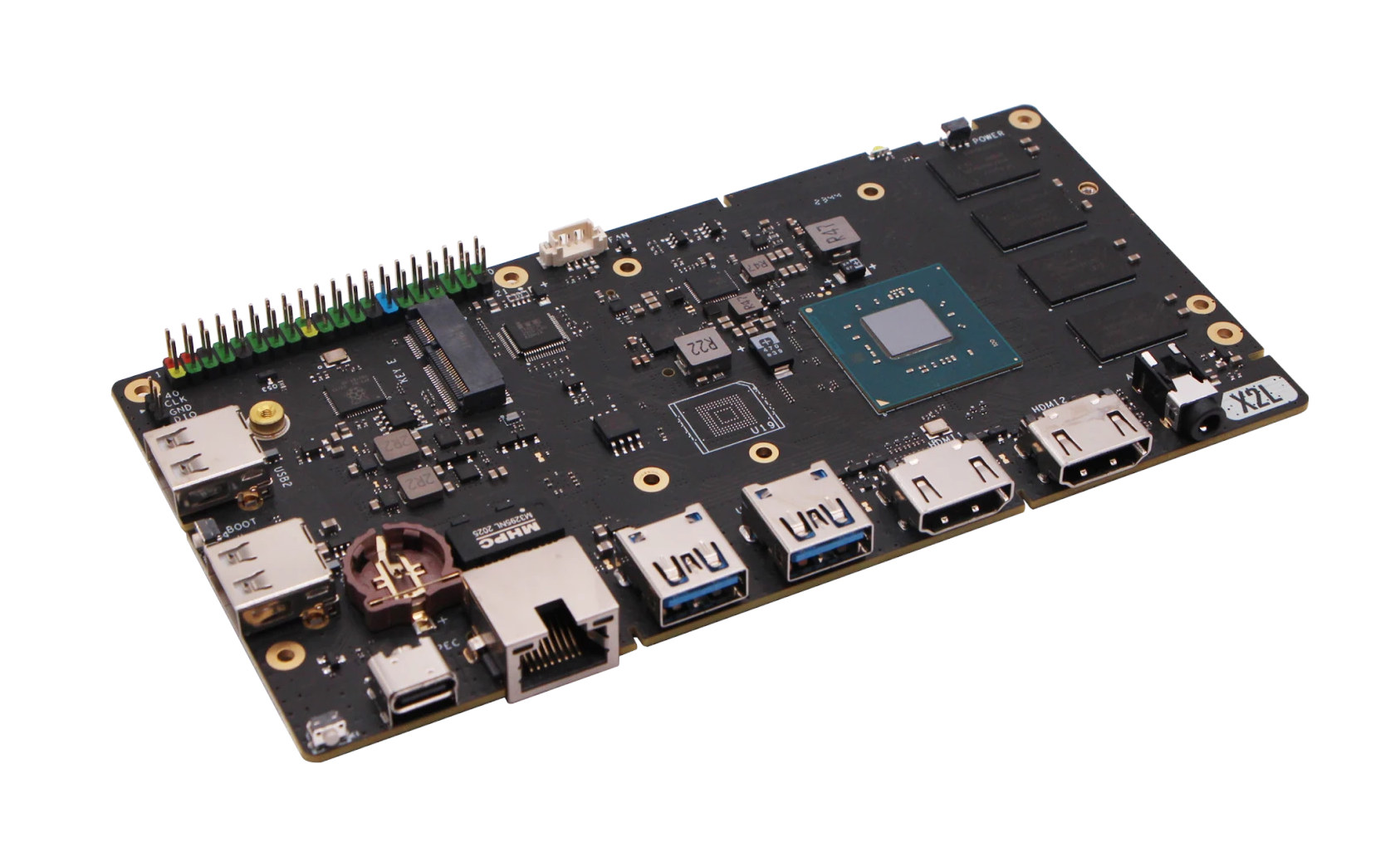The Teflon project is an open-source TensorFlow Lite delegate that currently supports VeriSilicon Vivante NPU and aims to support several other AI accelerators over time. The project has recently been upstreamed to Mesa meaning AI inference with open-source software will work out of the box in supported hardware once Mesa 24.1 is released in May 2024. Teflon relies on the Etnaviv open-source driver better known for working with Vivante GPUs found, for instance, in NXP i.MX processors, but Tomeu Vizoso also worked on implementing Vivante NPU support since May 2022 thanks to a sponsorship from Libre Computer and documented the development progress on this blog. The VeriSilicon Vivante “VIPNano-QI.7120” 5 TOPS NPU is found in the Amlogic A311D processor, and Tomeu tested Teflon with the Etnaviv NPU drive on both the Libre Computer AML-A311D-CC Alta and Khadas VIM3 single board computers with decent performance although still slower than with the […]
Jetway launches the JF35-ADN1– A 3.5” Intel N97 SBC designed for industrial robotics applications
Jetway, an AAEON-affiliated manufacturer, has released a new single-board computer, the JF35-ADN1, targeted at industrial robotics applications. The JF35-ADN1 is a subcompact, 3.5” board that is powered by the Intel N97 (formerly Alder Lake) processor. It features several high-speed interfaces and peripherals for its target applications including two 2.5GbE ports, a total of eight USB 2.0 ports (physical ports and internal connectors), two USB 3.2 Gen 2 ports (Type-A and Type-C), and supports up to 32GB of DDR5 RAM via a SO-DIMM socket. It can power up to three displays via two HDMI 2.0b ports and a DisplayPort over USB-C port. The Jetway JF35-ADN1 SBC is aimed at Automated Guided Vehicles (AGV) applications, but it is stated to be versatile enough to accommodate other uses such as machine vision and payment systems solutions. The JF35-ADN1 features the same Intel N97 processor as AAEON’s Up Xtreme 7100 and is intended for […]
Renesas RZ/G3S is a 64-bit Arm Cortex-A55/M33 microprocessor with low power consumption and enhanced peripherals
Renesas RZ/G3S 64-bit Arm Cortex-A55 microprocessor (MPU) designed for IoT edge and gateway devices consumes as little as 10µW in standby mode thanks to its Cortex-M33 core(s) and features a PCIe interface for high-speed data transfers with 5G wireless modules. A single-core ARM Cortex-A55 CPU powers the RZ/G3s and can distribute workloads to two sub-CPUs, boosting efficiency in task handling and resulting in fewer components and a smaller system size. The Cortex-A55 core operates at 1.1GHz and is designed to improve power efficiency and performance over its predecessor, the Cortex-A53. The RZ/G3S isn’t Renasas’ first Cortex-A55 product as they have previously released the RZ/A3UL and the RZ/G2L, both powered by the same Cortex-A55 CPU. Additionally, Renesas launched the 64-bit RISC-V RZ/Five processor late last year. The RZ/G3S boasts high-speed interfaces such as PCIe and GbE, a better standby mode, and improved security features which make it suitable for IoT applications […]
AAEON UP Xtreme 7100 robotics SBC and mini PC is offered with Core i3-N305 or Processor N97 CPU
AAEON UP Xtreme 7100 SBC and Mini PC powered by an Intel Core i3-N305 or Processor N97 Alder Lake-N CPU and designed as an “all-in-one robotics solution” providing the sensor data processing, graphics, and other resources required for path planning and control algorithms used in AGVs (automated guided vehicles) and AMRs (autonomous mobile robots). The UP Xtreme 7100 single board computer and UP Xtreme 7100 Edge mini PC are both offered in compact form factors suitable for robots and feature terminal blocks for serial communication (RS-232/422/485 port and CAN bus) and a 30-pin Phoenix connector with 24V digital I/O and GPIOs. Other features useful for industrial use include 9V to 36V DC input, vibration/shock resistance, and lockable I/O ports. UP Xtreme 7100 specifications: Alder Lake N-series SoC (one or the other) Intel Processor N97 quad-core processor up to 3.6 GHz with 6MB cache, 24EU Intel UHD Graphics Gen 12 @ […]
NanoPC-T6 LTS SBC adds USB ports, 32MB SPI flash, drops 4G LTE support
NanoPC-T6 LTS is an update to the Rockchip RK3588-powered NanoPC-T6 SBC introduced in May 2023, which removes the mini PCIe socket and SIM card slot for 4G LTE connectivity, but adds two USB 2.0 ports, a USB-C debug port, a 10-pin header with UART and USB 2.0, and comes with 32MB SPI flash by default. The single board computer is offered with up to 16GB RAM and 256GB eMMC flash and also features M.2 sockets for NVMe storage and a wireless module, two 2.5GbE RJ45 ports, two HDMI 2.1 output ports, one HDMI 2.0 input port, MIPI DSI and CSI interfaces, and a 40-pin GPIO header for expansion. NanoPC-T6 LTS specifications with changes in bold or strikethrough: SoC – Rockchip RK3588 CPU – Octa-core processor with 4x Cortex-A76 cores @ up to 2.4 GHz, 4x Cortex-A55 cores @ 1.8 GHz GPU – Arm Mali-G610 MP4 GPU with support for OpenGL […]
Linux 6.7 release – Main changes, Arm, RISC-V, and MIPS architectures
Linus Torvalds has just announced the release of Linux 6.7, following Linux 6.6 LTS a little over two months ago: So we had a little bit more going on last week compared to the holiday week before that, but certainly not enough to make me think we’d want to delay this any further. End result: 6.7 is (in number of commits: over 17k non-merge commits, with 1k+ merges) one of the largest kernel releases we’ve ever had, but the extra rc8 week was purely due to timing with the holidays, not about any difficulties with the larger release. The main changes this last week were a few DRM updates (mainly fixes for new hw enablement in this version – both amd and nouveau), some more bcachefs fixes (and bcachefs is obviously new to 6.7 and one of the reasons for the large number of commits), and then a few random […]
NanoPi R2S Plus dual GbE SBC and router gets 32GB flash, USB-C debug port, M.2 socket for WiFi
NanoPi R2S Plus dual GbE SBC and router is an update to the Rockchip RK3328-powered NanoPi R2S SBC that was introduced in 2020 with the new model adding a 32GB eMMC flash, a USB-C debug port for easier debugging without having to open the enclosure, and an M.2 socket for an optional SDIO WiFi module. The NanoPi R2 Plus still comes with 1GB DDR4 memory, a microSD card, two gigabit Ethernet ports implemented through the RK3328’s GMAC and a USB 3.0 controller, adds one extra USB 2.0 port, and ditches the micro USB port used for power with a USB-C port. NanoPi R2S Plus specifications: SoC – Rockchip RK3328 quad-core Cortex-A53 @ 1.5 GHz with Arm Mali-450MP2 System Memory – 1GB DDR4 RAM Storage – 32GB eMMC flash, MicroSD card slot, SPI flash footprint Connectivity 1x Gigabit Ethernet (WAN) up to 941 Mbps (measured) via Realtek RTL8211F gigabit Ethernet controller […]
Radxa X2L Intel Celeron J4125 SBC goes for as low as $39
Radxa X2L is an inexpensive Intel Celeron J4125 Gemini Lake Refresh single board computer (SBC) that ships with 2GB to 8GB RAM, an M.2 socket for SSD storage, another M.2 socket for a wireless module, and offers a range of ports such as dual HDMI, gigabit Ethernet, four USB port, and a 40-pin GPIO header. The price starts at $39, a price point that reminds me of the Atomic Pi SBC introduced a few years ago with an Atom X5 Cherry Trail processor, but the Radxa X2L is easier to use, offers better performance and modern features, as well as a low-profile form factor that’s about the size of a smartphone, just a bit thicker. Radxa X2L specifications: SoC – Intel Celeron J4125 quad-core Gemini Lake Refresh processor @ 2.0 / 2.7 GHz (Turbo) with Intel UHD Graphics 600 @ 250/750 MHz; 10W TDP MCU – Raspberry Pi RP2040 microcontroller […]


